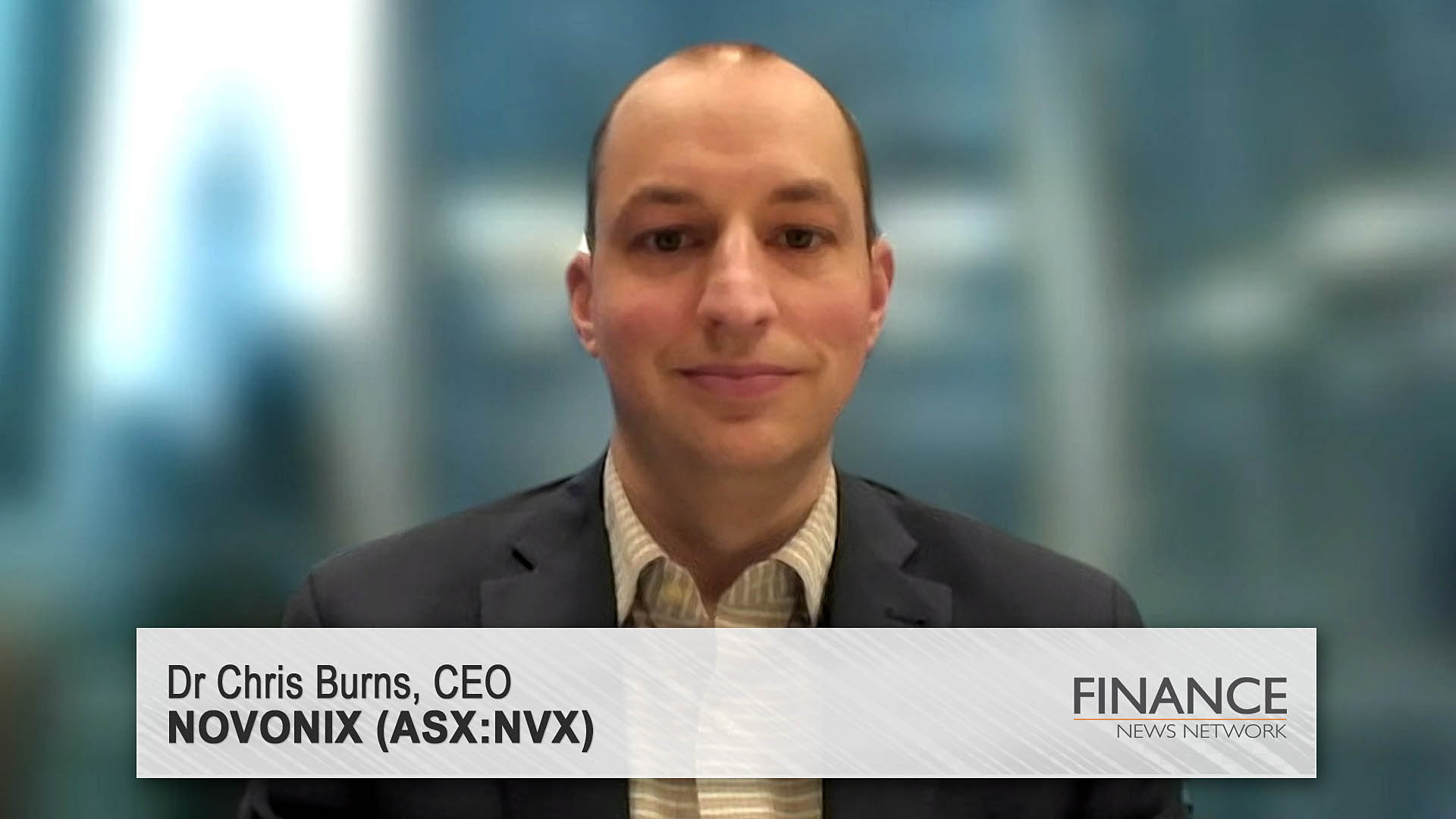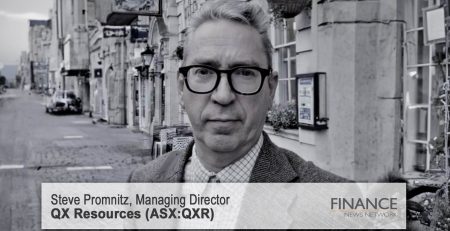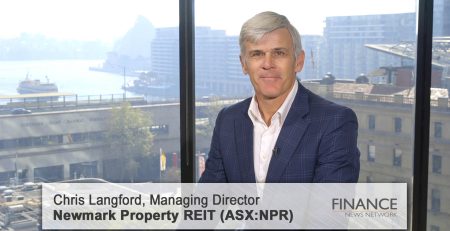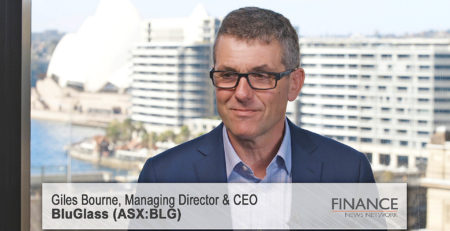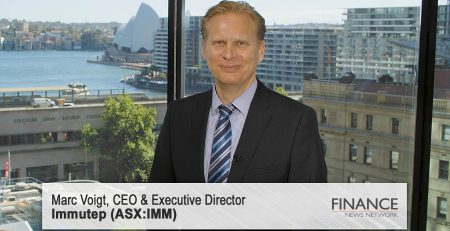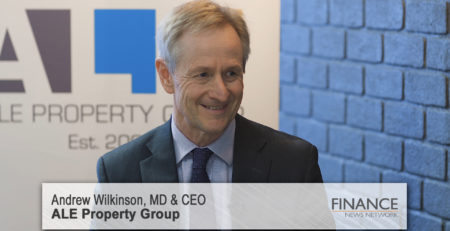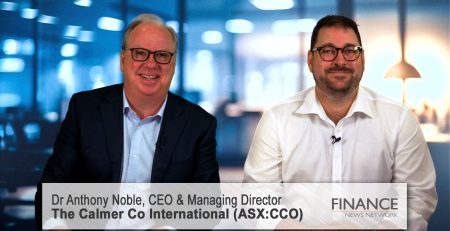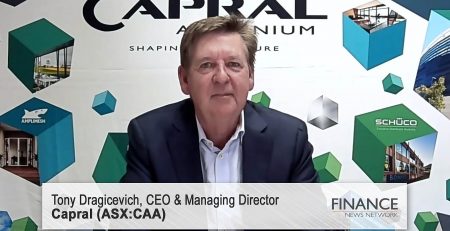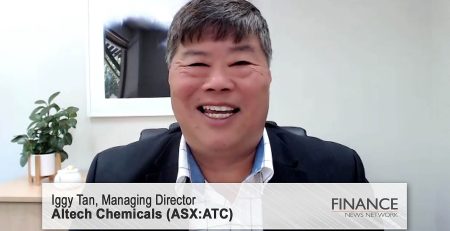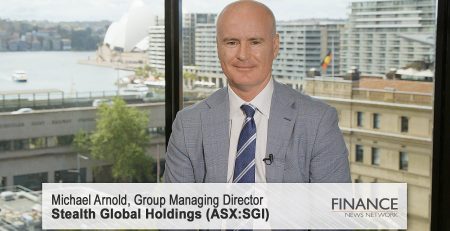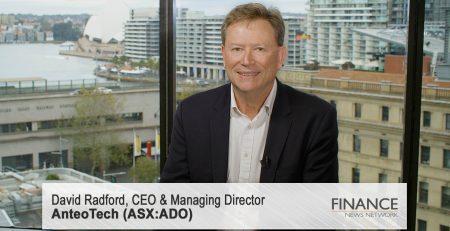Panasonic Energy and Novonix (ASX:NVX) sign binding offtake agreement
Novonix Limited (ASX:NVX) CEO Dr Chris Burns discusses the significance of the company's binding offtake agreement with Panasonic.
Paul Sanger: I'm Paul Sanger for the Finance News Network, and today I am talking with NOVONIX (ASX:NVX). They have a market cap of around $335m. NOVONIX provides revolutionary solutions that enable the adoption of clean energy through the development of innovative technologies and high-performance anode and cathode materials to service the electric vehicle and energy storage marketplace. We welcome back NOVONIX CEO Dr Chris Burns. Welcome, Chris.
Dr Chris Burns: Hi, Paul. Thanks for having me back.
Paul Sanger: It's my pleasure. Chris, look, first off, congratulations on the finalising the binding offtake agreement with Panasonic Energy for the supply of synthetic graphite from your Riverside facility in Tennessee. Can you talk us through the significance of the 10,000-tonne commitment and what this agreement signals to NOVONIX and its investors?
Dr Chris Burns: Absolutely. We're extremely excited to reach this point with Panasonic. It's been a very long relationship working with them both on the technical collaboration and now on the commercial front as we look to scale up Riverside. We started our relationship with them in 2019 under an MOU with their Sanyo Electric subsidiary. And, of course, over time and focus shifting to North America, Panasonic has now announced the intention to build 200 gigawatt hours of plants in North America. So, they're going to be one of the premier customers here in North America, both in volume and in what they're known for in terms of their quality standards. So, to be reaching the agreement of a binding offtake with them for a significant volume, 10,000 tonnes of capacity over four years, is a huge milestone for us and continues to underpin our path forward, the proof of our products and our production technology.
Paul Sanger: And, Chris, you now have two anchor customers at Riverside. The ASX release states that NOVONIX will use its best endeavours to deliver additional volumes requested by Panasonic. Can you walk us through what this means for your broader production plans and the possibility of new agreements?
Dr Chris Burns: Absolutely. Riverside's our core focus, and again, has become this hugely strategic asset in order to demonstrate mass production and reach real production volumes, the new target of 20,000 tonnes of output, to start servicing the North American industry and then look to build subsequent plants and finance the future growth of the company. So, to have these customers in Riverside to begin production and volumes for them late this year and into 2025 is a critical part of our milestone not just in Riverside, but in the future. And what we're focused on is supporting the growth curves of our customers. We are building capacity into a new and growing industry. And so we have to work in partnership with these customers to ensure that our ramp rates match theirs. And so as Panasonic looks at the binding commitment of 10,000 tonnes, if their volume increases more quickly from their growth plans, then we'll do everything we can to support that growth as well.
Paul Sanger: And let's talk about the outlook for this year. What items can we look forward to in 2024 for NOVONIX to accomplish?
Dr Chris Burns: I talked about our big strategic initiatives for 2024 and our quarterly activities report update, maintaining leadership across the R&D sector, continuing to progress our operations at Riverside, progressing our customer agreements, of course Panasonic now being a huge milestone, and then financing for that growth. And so I think as we look at the upcoming milestones for us, of course we're updating our engineering package for Riverside, targeting the end of the first quarter to define the product mix and our finalised output of that facility. And then our work with the government and the Department of Energy to start deploying the grant funding towards our Riverside facility. And then our focus is on continued customer offtake. It continues to be the necessary work to underpin financing and growth. And it's demonstrated from the products that we're producing both at our development site and now that we're starting to produce at our Riverside site as well.
Paul Sanger: And just talking about future financing, signing a biding offtake agreement with a tier-one customer, Panasonic, it must help in those negotiations going forward.
Dr Chris Burns: Absolutely. These offtakes become critical to underpin financing, whether through forms of equity or debt. And so when we look of course first at government funding opportunities, such as the grant that we've been awarded of $100m toward Riverside, we've applied for potential tax credits through the 48C program, and we have our application with the loan program office, all of the work to underpin those financings has to begin from engineering and customer offtake. And those customer offtakes and the credibility of those counterparties, where Panasonic is of course in that tier-one class, is incredibly important to bringing the right amounts of capital and the right terms for that capital to our projects.
Paul Sanger: And just lastly, Chris, there's been signs of a slowdown in the EV markets. What's your view on this noted slowdown and the outlook for graphite and specifically synthetic graphite for anode materials demand and pricing?
Dr Chris Burns: I think we'll continue to see very strong growth in the EV and energy storage market. Of course, the narrative that you may see headlines around is slowing growth rates, but this is from very aggressive targets that were set a few years ago by most of the OEMs. But we still see double-digit annualised growth through the rest of this decade in North America for the growth of cell capacity to support vehicles and energy storage systems.
And again, most of those cells will rely on graphite as the primary anode, and most of that graphite we expect will be synthetic graphite because of the superior performance compared to natural. Both are critical, but all of this means the materials are in demand. The programs that we're working on with these customers have target costs that take into account all of the incentives that we'll receive from the IRA, the potential tariffs that may come back on the Chinese products that are coming into the United States, and the importance of non-foreign entity of concern material to qualify vehicles for the Section 30D Clean Energy Vehicle credits. So, all of these continue to be so important as we look at building out to match and try to keep up with the demand for synthetic graphite here in North America.
Paul Sanger: Dr Chris Burns, many thanks for your time today. It's been an absolute pleasure. And again, congratulations on this news.
Dr Chris Burns: Thanks again, Paul. Great to speak as always.
Paul Sanger: Have a great day.
Ends
Copyright 2024 – Finance News Network
Source: Finance News Network

